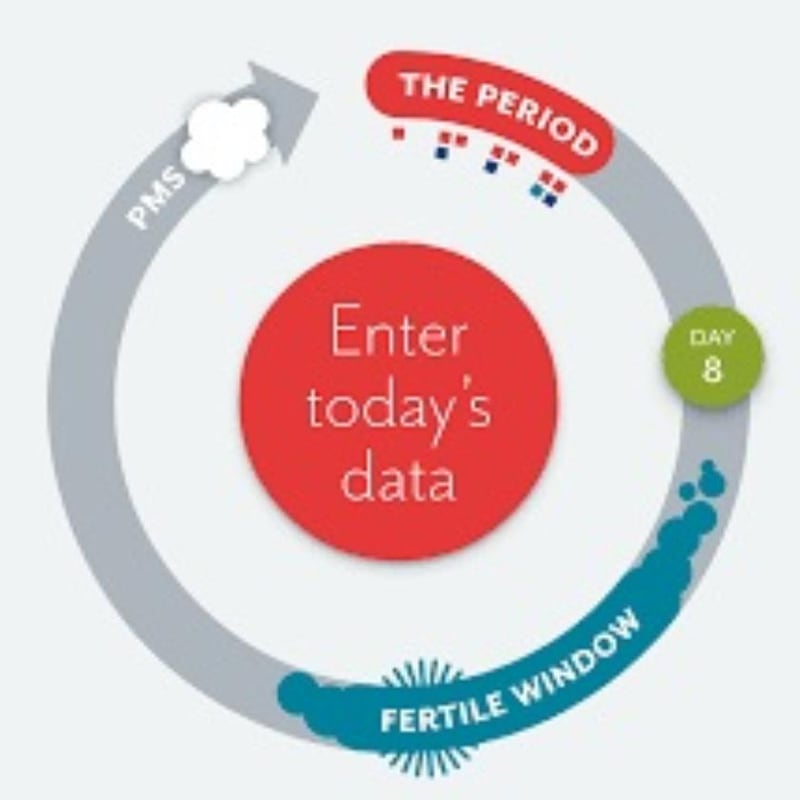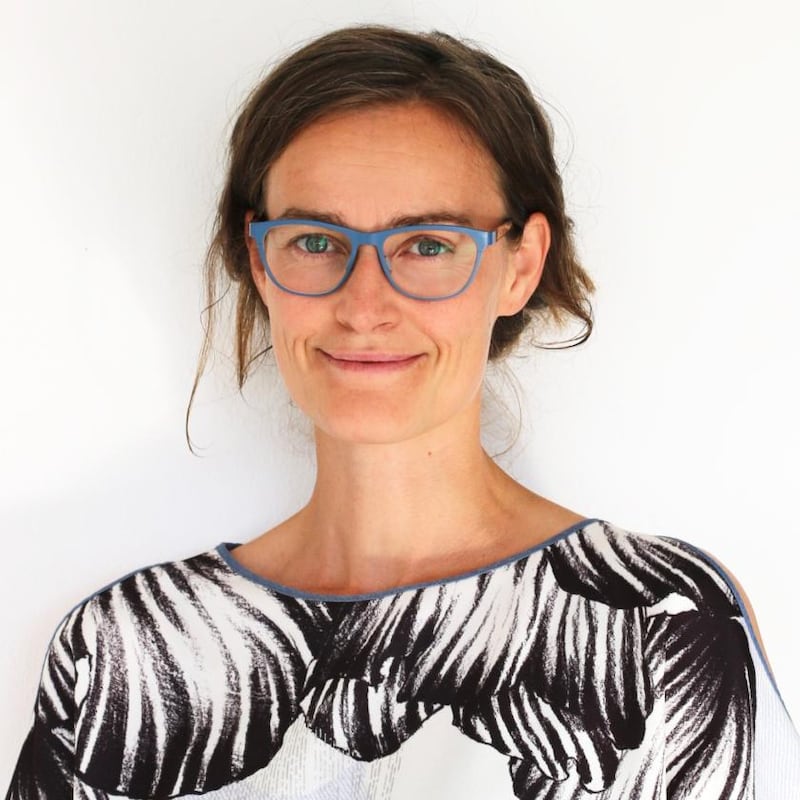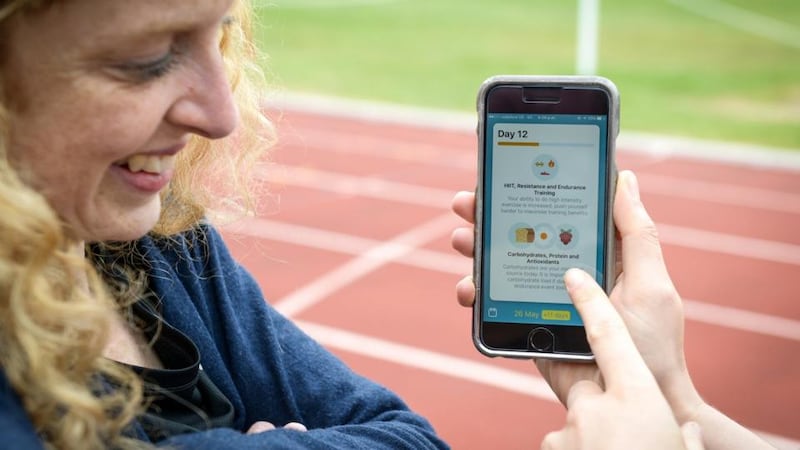After being a neglected market for some time, technology aimed at women – and in particular their health – looks set to become big business.
Market analyst Frost & Sullivan has even put a figure on it: by 2025, “femtech” will be a $50 billion (€44 billion) industry. There are apps competing to track our fertility and, in some cases, pregnancies. There are wearable devices to help predict ovulation, connected devices to help with pelvic floor issues, and wireless breast pumps to make things more convenient for new mothers, to name but a few.
It’s no longer about taking an existing product and making it “prettier” – or in many cases just pinker than the standard one. There are products now hitting the market that are designed with women in mind rather than as an afterthought.
At its simplest, there are the period trackers; apps that take the place of the rudimentary paper diary of before, adding in some extra knowhow to help women predict when their next period is due and when they are most fertile, as well as noting the physiological changes that are occurring.

Clue is one such app. Created by Ida Tin, the app tracks all your symptoms from emotions and sleeping habits to energy levels and pain. You can log your sexual activity, your choice of contraception and even your food cravings. It will then work out your cycle, giving you a colour-coded key to your body. That alone doesn't make Clue noteworthy – there are more than 100 apps available that will act as your virtual diary – but the difference with Clue is that it is one of the few that don't require you to sign up for accounts to use them.
That means all the data stays on your device, rather than being uploaded to the cloud and used by the company. The option for an account is there, but it’s not forced on the user.

Regardless of the issues, Prof Mary Wingfield, who set up the Merrion Fertility Clinic in Dublin, is seeing an increasing number of patients arriving armed with the information they have been tracking on these apps. "It's a big industry," she said.
Using apps to record information can be useful – having exact dates , for example, which can be helpful for scheduling tests and planning treatments – but there are issues.
“It’s not very accurate for an irregular cycle,” said Prof Wingfield. “Lots of women get pregnant naturally without problem and don’t need to use the apps.”
While it's certainly more convenient, the experts don't recommend relying on them completely. In The Fertility Handbook, Prof Wingfield said her recommendation was to use them as a rough guide for fertile windows; citing a review of 33 apps that found only three predicted it precisely, and most overestimated its length. "Women are not machines," said Prof Wingfield. "Things like ovulation don't sit nicely into a programme."
That is a gap wearables such as Ava, an ovulation tracking bracelet, are hoping to fill. "We help people to make babies," said founder Lea von Bidder. "Most couples who are trying to get pregnant are told to time your cycle. But the methods that you have are really inconvenient. We found it was quite ridiculous that there was nothing being done in this area, which I think is generally a women's health issue."
There is also the danger of data overload, and getting so caught up in monitoring the signs that it can cause stress
The company brought its sensor bracelet to the US market two and a half years ago. Worn at night, it tracks multiple physiological parameters, such as breathing rate, temperature and heart rate. Von Bidder said it tracks around three million data points in a night. “We can pinpoint the fertile time very exactly and precisely, and in real time with a bracelet you only wear at night.” But there is also the danger of data overload, and getting so caught up in monitoring the physiological signs that it can cause more stress to women. However, that ultimately comes down to the individual, and is something the apps can’t predict. “Everyone is different,” Prof Wingfield said. “ Some people, it stresses them out too much. Others feel stressed if they’re not in control.”
There is also the question of the amount of data these apps are hoovering up in their quest to provide you with more insights. Some track simple things like menstrual cycle dates; others seek location data, and ask for permission to send on your anonymised data for use in medical studies or to unnamed partners.
If 2018 taught us nothing else it was that our data is valuable. From the introduction of GDPR in the EU to the missteps by firms such as Facebook, more consumers are becoming aware of just how much data we give away in exchange for "free" services that will serve us ever-more-personalised ads.
But this data isn’t just useful for tracking women’s fertility. FitrWoman takes a different approach to tracking women’s cycles. Its focus is all about information and understanding the human body, using cycle data to explain how the menstrual cycle can affect a woman’s physiology, and consequently, their training schedule.

The idea came through the PhD research being conducted by Georgie Bruinvels, a research scientist with Orreco, which revealed women felt their menstrual cycle was affecting regular exercise. On some days they felt like they could run for miles; other days they could barely work up the energy.
"I was fascinated by all this," said co-founder and colleague Grainne Conefrey. "We saw a huge need [for the technology]. We started talking to other women and saw the education wasn't out there."
They came up with an app and pitched it to Orreco, a sports science and data analysis company, which decided it was worth pursuing.
FitrWoman doesn't reveal exact user numbers but Conefrey says there are thousands of users, with the biggest pool in Europe, including the UK and Ireland, and the US and Canada. The majority of them are between 25 and 35 years old, although there are users who fall outside this age group. Some are elite athletes.
“There are a lot of women with different goals and backgrounds,” said Conefrey.
Why aren't they looking at women? We're half the population
In the future, the service could have integration with wearable devices, or personalised insights for users. But the plan is also to drive research into the area, making it high on the agenda for researchers.
“Why aren’t they looking at women?”asked Conefrey. “ We’re half the population.”
As the market grows, so too does the opportunity for female-led startups. Investment in women-led startups has traditionally lagged in comparison to that of their male counterparts, with figures putting it around the 10 per cent mark. But there is a shift towards highlighting enterprises created by or for women. Investment firm Portfolia, which focuses on opportunities that are attractive to women, has set up a fund aiming to finance femtech products. Its first investment was in Future Family, a startup that helps families navigate fertility services like IVF and egg -freezing.
There have been substantial successes. In recent weeks, ovulation calculator Flo Health was valued at $200 million. Fertility tracker Woom has raised £2 million in crowdfunding campaigns. Biodegradable pregnancy test Lia has also been on the receiving end of positive press attention.
But there are still problems to overcome. At the CES technology exhibition in Las Vegas in early January, there was controversy when sex toy firm Lora DiCarlo accused the show of gender bias. In an open letter on the company's website, founder Lora Haddock claimed her company's sex toy, Osé Massage, had won a CES Robotics Innovation Award, but the show had rescinded it and initially said it could disqualify any device deemed "immoral, obscene, indecent, profane or not in keeping with Consumer Technology Association's image". The show then said the device did not fit in the robotics and drone category. On the show floor, the Osé was nowhere to be seen.
The incident exposed something of a double standard at the show, where so-called booth babes were a regular sight until recently, a sex robot was unveiled in 2018, and organisers allowed a virtual reality porn room at the exhibition in 2017. But regardless of whether the CTA feels tech aimed at women is not in keeping with its image, the femtech sector looks set to grow.
“Women’s health has been a very underfunded area for a long time,” said Von Bidder. “There has not been a lot of innovation. But I think we see it changing now, and it’s changing slowly.”




















